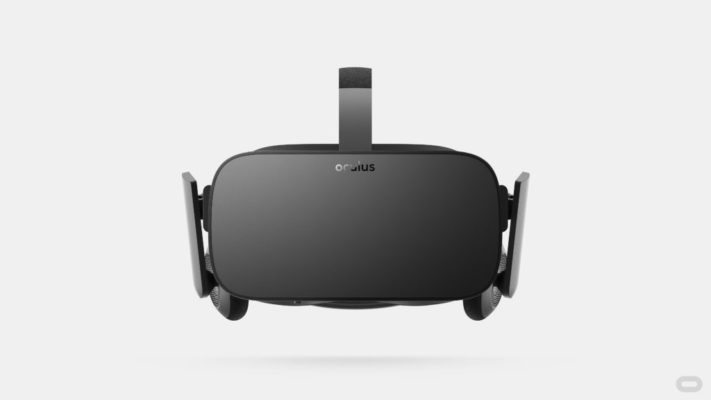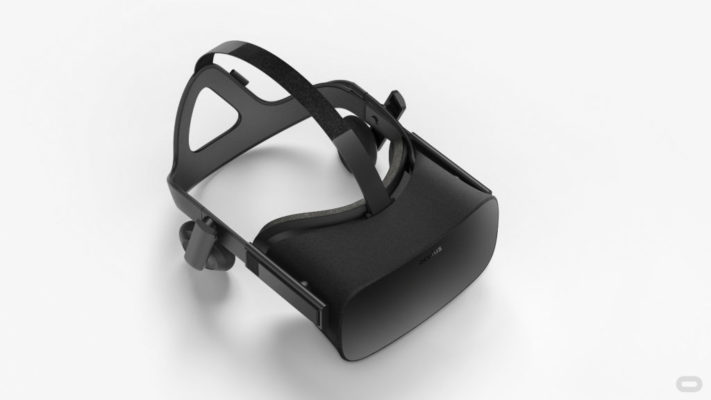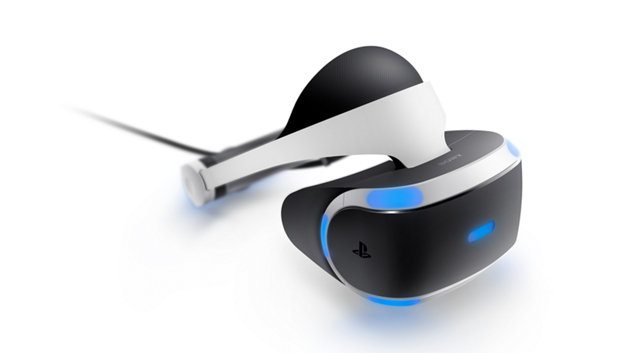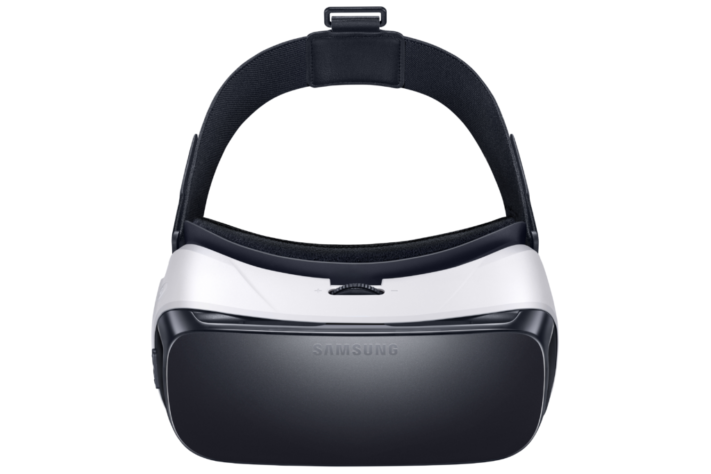Virtual reality is arguably the most important technology to keep your eye on in 2016. While there has been excitement surrounding it for some time, the hype is quickly becoming…well, reality.
Oculus Press Kit
Early-to-market products were released by Google (Google Cardboard) and Samsung (Gear VR) in 2014 and late last year, respectively. More recently, big waves were made by the release of The Oculus Rift on Monday – the first of a more powerful line of consumer-targeted VR headsets which will soon be followed by the release of HTC’s Vive and Sony’s PlayStation VR. Furthermore, while price points are still quite high for the average consumer, Deloitte has predicted that VR will have its first billion dollar year in 2016.
So, while the VR market is relatively nascent, the growth potential is something that companies need to take stock of. In this post, we’re going to look at the major industry players; potential applications; and what companies considering breaking into the space need to consider.
The Key Players
Virtual reality has already broken into the consumer market, with more products slated for release later this year. As it stands, the most significant market players include:
Oculus Rift (Facebook)
Oculus Press Kit
- Release Date: March 28, 2016
- Price: 599 USD
- Additional required hardware: Windows gaming PC in 1000-2000 USD range
- Oculus Touch controllers sold separately later this year
HTC Vive
HTC Vive Press Kit
- Release Date: May 2016
- Price: 799 USD
- Additional required hardware: Windows gaming PC in 1000-2000 USD range
Sony PlayStation VR
- Release Date: October 2016
- Price: 399 USD
- Additional required hardware: PlayStation 4, PlayStation Eye Camera
- Launch Bundle includes controllers and Eye Camera (499 USD)
Samsung Gear VR
Oculus Press Kit
- Release Date: November 27, 2015
- Price: 99 USD
- Additional required hardware: Galaxy Note 5, Galaxy S6/S6 Edge, Galaxy S7/S7 Edge
Google Cardboard
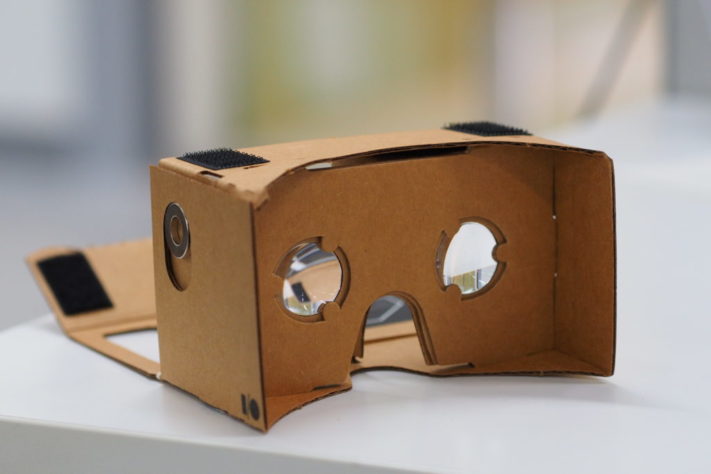
By othree – Google Cardboard, CC BY 2.0, https://commons.wikimedia.org/w/index.php?curid=40703922
- Release Date: June 2014
- Price: ~20 USD
- Additional required hardware: Any compatible Android phone
Sources: CNET, ITPro, Wearable, HTC
Applications
While Virtual Reality has been primarily associated with gaming, as the technology becomes more prevalent we are likely to see many more applications.
Sean Jacobsohn, writing for TechCrunch, recently stated “[w]hile most people are excited about using VR headsets for immersive entertainment and gaming experiences, an entirely separate audience is busy building the future of business with the same technology — the enterprise.”
This isn’t entirely surprising, as there are a number of industries that VR could potentially transform. The following are either already beginning to explore the possibilities or are slated to greatly benefit from what VR has to offer.
Media
Immersive entertainment experiences are, like gaming, one of the applications for VR that is seen as inevitable. Movies and television that immerse viewers within their worlds could become the next big move for the industry, and already being experimented with. However, there are still challenges surrounding the technology and production, as well audience appetite for such experiences.
Retail
Possibilities for retail are far ranging, and already brands like The North Face and Tommy Hilfiger are leveraging virtual reality. And, in an era where “experiential retail” is becoming massively important, there are many ways they can enhance the way customers interact, navigate, and shop within brick-and-mortar locations.
A more significant question that will become top of mind once VR sets are easily accessible for consumers concerns how retailers can use the technology to create virtual shopping experiences customers can access via their own VR headsets. Immersive virtual stores are an exciting possibility, though it’s still early to predict their viability.
Real Estate
In the same way that virtual stores can work for retailers, virtual real estate showings can work for real estate. In fact, companies like Floored, Inc. have already made this a possibility. Consumer applications of this concept are also a possibility, but again, it’s viability will depend on factors like consumer VR adoption.
Healthcare & Medicine
The healthcare industry is no stranger to simulators and medical headsets, but the rise of far less expensive hardware will likely make these same applications far more widespread and accessible. VR is being used already for training purposes, but there are also a range of possibilities in patient care, education, and more.
Art
Like film, there is a lot that artists and designers will be able to accomplish with virtual reality. Already, there is proof that VR can create a different medium, or transform existing ones. Check out animator Glen Keane drawing via the HTC Vive below.
Via Mashable
Breaking Into VR: Things to Consider
Virtual reality has much potential, but companies who are building strategies to enter the market need to tackle certain questions before moving forward.
Is it Viable For Your Business?
There is often a drive to jump on new technologies, but getting into VR because it’s the latest and greatest is short-sighted. Companies need to look at whether it makes sense for their business, much of which will depend on the industry. Will it add value, either operationally or for customers? Will it help drive business or enhance experiences? Virtual reality should be evaluated with the same rigor applied to other investments or areas of expansion.
Is it The Right Time to Enter The Market?
What will your VR strategy entail? If customers and users are coming to you – for example, you are providing a virtual experience in-store – you don’t have to rely on consumer hardware adoption. For applications that require customers own the hardware, the market is still quite small and the way users will use the device/what kind of content they want is still being explored.
What Platform Will You Build For?
It’s also important to ask questions about what the application/content will entail in order to decide which is the right solution to develop for. Since Google Cardboard and Gear VR have a lower price point and don’t require expensive additional hardware like Oculus Rift or Vive, they are likely to be more common among consumers. The same can be said for PlayStation VR due to the fact that so many consumers already own the necessary additional hardware (PlayStation 4).
The virtual reality market is still in its infancy, and naturally, there are many unknowns – consumer adoption, demand for content, business applications, etc. That said, with so many big players entering the milieu and the potential uses for so vast, the outlook is promising. We’re excited to see what happens as the year goes on, particularly with new products being released and content creators developing new virtual reality experiences.

